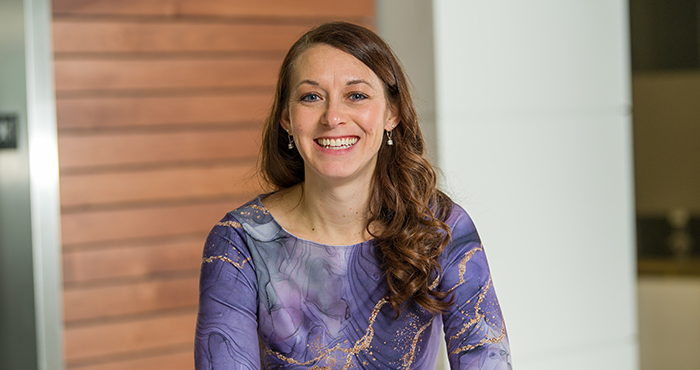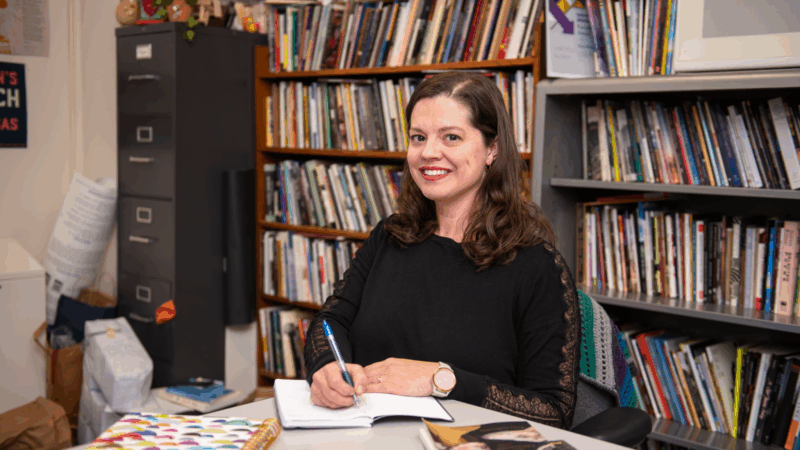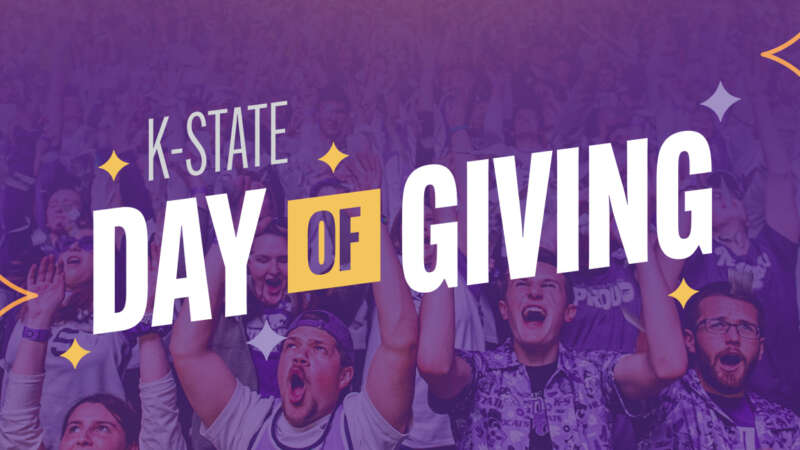Investing time and expertise to help students translate math
What do you call an instructor who creates resources that boosts students’ understanding of college-level algebra and calculus, is aligned with class curricula, available 24-hours each day, and saves students money? A Kansas State University Textbooks 2.0 pioneer. Meet Teresa Hartman, mathematics instructor at Kansas State Polytechnic, and the first among the Polytechnic faculty to create an open/alternative textbook for her students.
In 2014, Hartman used a grant from the Open/Alternative Textbook Initiative, also known as Textbooks 2.0, to create what she calls a video textbook. Her video textbook includes more than a hundred 10-minute videos explaining a range of mathematic fundamentals from transformations, to quadratic equations and infinite limits.
Though creating her Textbooks 2.0 resource was a labor-intensive endeavor, Hartman says it has been worth it to help her students understand, retain and use the mathematical concepts presented in class and reinforced in each video.
“Students can watch and re-watch, pause and rewind [the videos] as many times as they need to,” Hartman said. “These are free resources that don’t require a paid login. Students always have these resources available to them at anytime, anywhere.”
She was motivated to create her video textbook knowing that most students only use their traditional math textbooks to access homework questions. These costly traditional math resources are often dated within a few years of being published and can be very confusing to students needing help understanding complicated concepts.
“I always joked about developing my own textbooks. I thought students [needed help to] read and interpret math textbooks,” Hartman said. “Math is like a foreign language. I look for applied problems and more relevant examples and I re-record things to make more sense for the students.”
Hartman has invested her personal time and expertise into creating her own student-focused textbook. Instead of paying $100 per semester for traditional textbooks, Textbooks 2.0 resources cost students only $10 per class. In one semester of teaching three class sections, Hartman’s digital textbook saved students a total of nearly $7,500.






